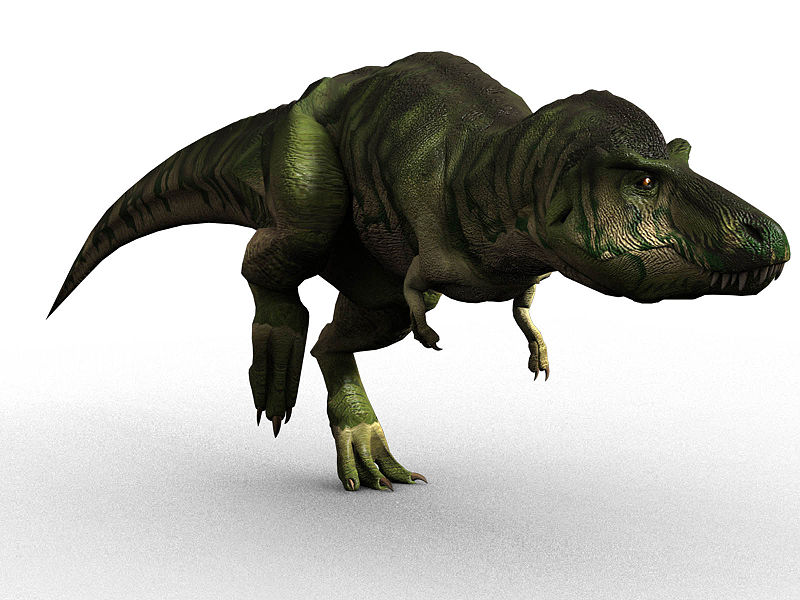Please note: The Academy will close at 3 pm on Thursday, April 18, for Big Bang Gala.
Science News
Dinosaur Mania
January 28, 2011

Online science news outlets couldn’t get enough dinosaur stories this week. But really, who can? Here are just a few of the headlines offered this week.
From tricycle to tractor-trailer size
Argentine scientists, publishing this week in PLoS ONE, have found a possible clue in the mystery of the evolution of gigantic sauropods. They discovered fossils belonging to Leonerasaurus taquetrensis. Still small at 8 feet long, this earlier sauropodomorph may have been almost ready for primetime (and the size to come), judging by its sacrum and teeth. For more information, read this well written article in Science Now.
Hunter or Scavenger?
London researchers hope to end the debate whether Tyrannosaurus rex was a hunter or scavenger with their latest study published in the Proceedings of the Royal Society B this week. Instead of looking at the dinosaurs’ physical attributes, the scientists used an ecological model based on predator relationships in the Serengeti to determine whether scavenging would have been an effective feeding strategy for T. rex. From Wired:
They concluded that T. rex would have faced such fierce competition from smaller scavenging dinos, that carrion alone wouldn’t suffice as a primary food source.
Judgment: T. rex, Hunter.
Did dinosaurs survive the KT extinction?
Canadian researchers, digging in New Mexico, discovered the femur bone of a hadrosaur. Using a new direct-dating method called U-Pb (uranium-lead), they determined the fossil was only 64.8 million years old. That means this particular plant eater was alive about 700,000 years after the mass extinction event that many paleontologists believe wiped all non-avian dinosaurs off the face of earth. You can read more about the dating technology in this press release; the research was published in Geology earlier this week.
The one-fingered dino
Here’s a first for dinosaurs—the newly discovered Linhenykus monodactylus in China is the first dinosaur with only one finger. This small, prehistoric creature, dating to 84-75 million years ago, was about the size of a parrot. It belongs to the Alvarezsauroidea, a branch of the carnivorous dinosaur group Theropoda. According to Scientific American, the one-finger feature of Linhenykus was not a huge surprise to the scientists:
The theropod group, to which modern birds and tyrannosaurs belong, has been full of evolutionary flourishes, including feathers, flight and some fearsome claws.
The article was published on Monday in the Proceedings of the National Academy of Sciences.
Do you desire to discuss dinos in more detail? Describe in the comments section below.